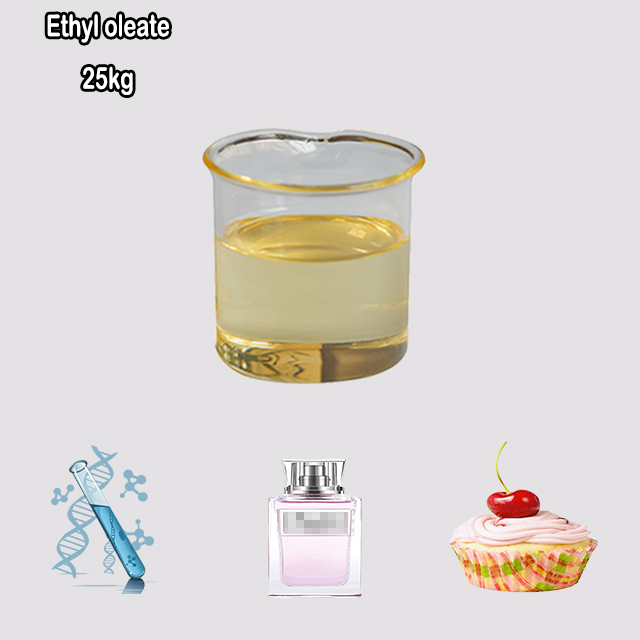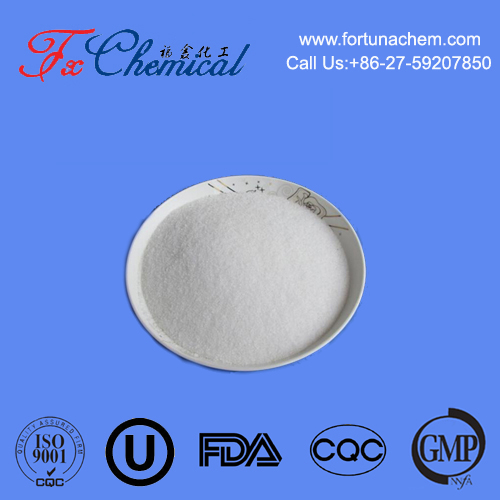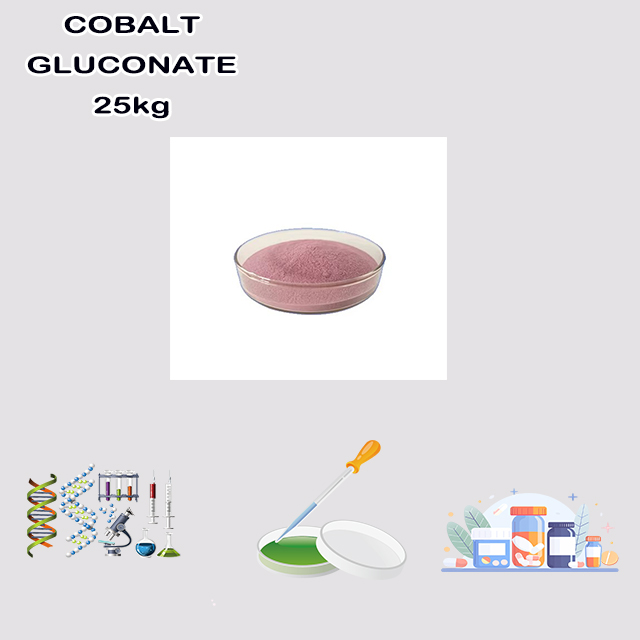
Search

Search

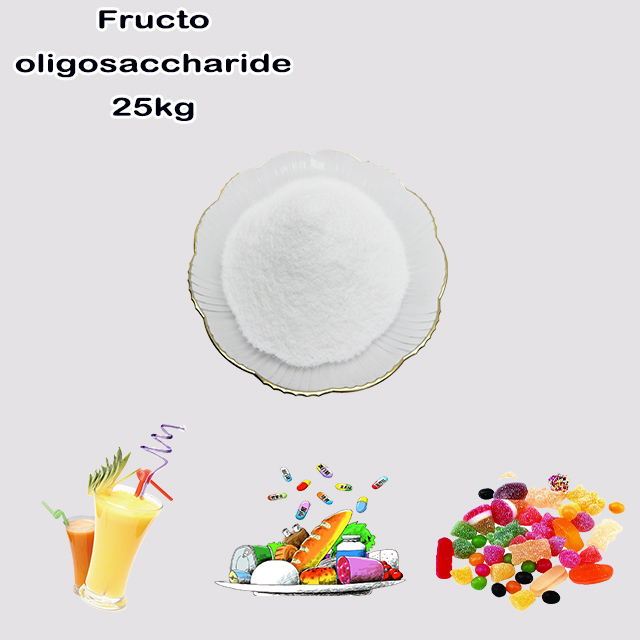
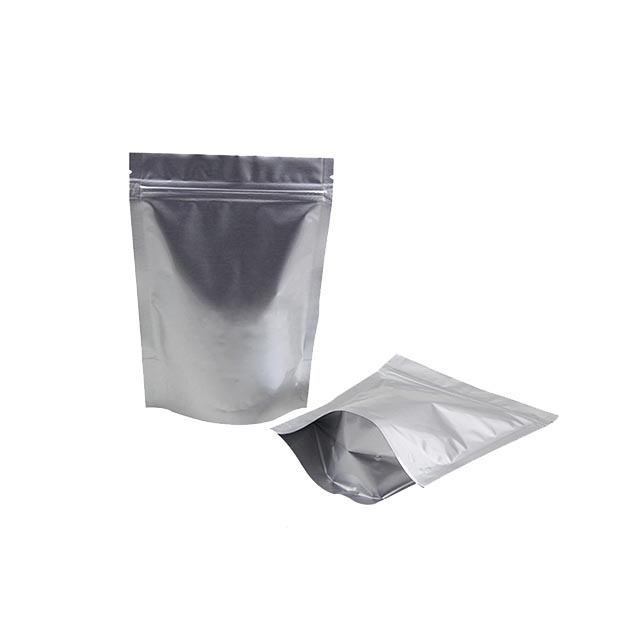
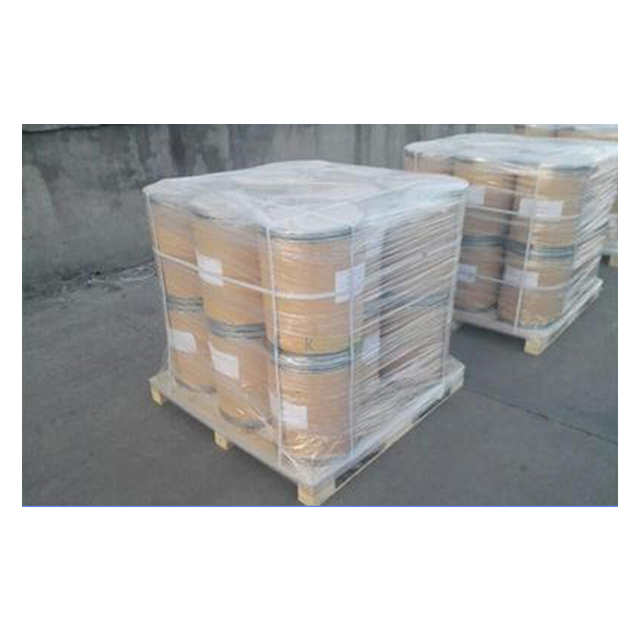
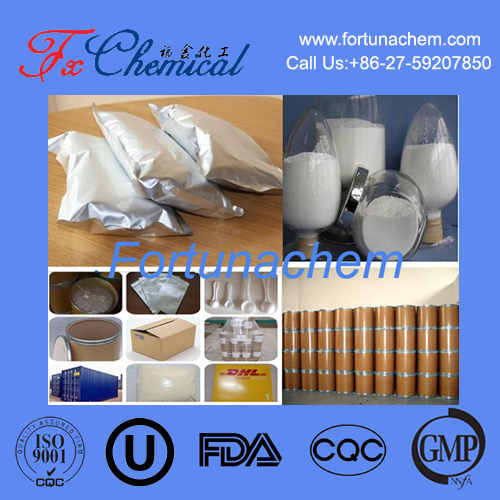






Fructo-oligosaccharides (FOS) are short-chain prebiotic fibers made of fructose units. They occur naturally in foods like chicory root, onions, garlic, and bananas.
Key Points:
Prebiotic: Feeds beneficial gut bacteria (e.g., Bifidobacteria), boosting gut health and immunity.
Health Benefits:
Enhances mineral absorption (calcium/magnesium).
Supports digestion, may ease constipation.
Low glycemic index (minimal blood sugar impact).
Uses: Added to foods/supplements for fiber, or as a low-calorie sweetener (30–50% as sweet as sugar; ~1.5–2 kcal/g).
Caution: May cause gas/bloating if overconsumed (>10g/day). Avoid with IBS/SIBO (high-FODMAP).
In short: FOS is a gut-friendly fiber that nourishes good bacteria, with benefits for digestion and metabolism. Introduce gradually.
Items | Specifications | Results |
Appearance | White to slightly yellowish powder or granules | White Powder |
Assay(g/100g) | ≥95.0 | 96.6 |
PH | 4.0-7.0 | 6.3 |
Water content(%) | ≤5.0 | 2.81 |
total plate count(CFU/g) | ≤1000 | <10 |
E.Coli(CFU/g) | <10 | |
Mold and Yeast(CFU/g) | <10 | |
Total Arsenic(mg/kg) | Conform | |
Lead(mg/kg) | ≤0.5 | Conform |
Conclusion | The items inspected in this sample comply with GB/T23528.2 | |
Fructo-oligosaccharides (FOS) are a type of prebiotic dietary fiber composed of short chains of fructose (fruit sugar) molecules, typically with 2–10 units. They occur naturally in many plants and are also produced commercially for use as functional food ingredients and supplements.
Here's a detailed breakdown:
Structure: Short chains of fructose molecules linked by β(2→1) bonds, usually ending with a glucose molecule. Common forms include kestose (3 units), nystose (4 units), and fructosylnystose (5 units).
Natural Sources:
Vegetables: Chicory root (richest source), onions, garlic, asparagus, Jerusalem artichokes, leeks.
Fruits: Bananas (slightly unripe), tomatoes.
Grains: Wheat, barley, rye.
Other: Agave, honey.
Low Calorie: Provides ~1.5–2 kcal/g (vs. 4 kcal/g for sugar) since humans lack enzymes to digest β-bonds.
Sweetness: About 30–50% as sweet as sugar, with a clean taste.
Solubility: Highly soluble in water.
Prebiotic: Selectively fermented by beneficial gut bacteria (e.g., Bifidobacteria, Lactobacilli).
Gut Health:
Feeds "good" bacteria, promoting their growth (bifidogenic effect).
Increases production of short-chain fatty acids (SCFAs like butyrate), which nourish colon cells and reduce inflammation.
May alleviate constipation by increasing stool bulk/softness.
Immune Support:
SCFAs strengthen gut barrier function and modulate immune responses.
May reduce risk of infections and allergies.
Mineral Absorption:
Enhances calcium and magnesium uptake in the colon (studies show improved bone density).
Blood Sugar & Lipid Control:
Low glycemic impact; may improve insulin sensitivity.
Modestly lowers LDL cholesterol and triglycerides.
Weight Management:
Promotes satiety and reduces calorie absorption.
Functional Foods: Added to yogurts, cereals, bars, and beverages for fiber content.
Infant Formula: Mimics prebiotics in breast milk (often combined with GOS).
Sweeteners/Sugar Replacers: In "sugar-free" products due to low calories.
Supplements: Sold as powders/capsules for gut health.
Generally Recognized as Safe (GRAS) by the FDA.
Side Effects:
Gas, bloating, or cramps if consumed in excess (>10–15g/day). Start with small doses (2–3g/day).
May worsen symptoms in IBS sufferers (FOS are high-FODMAP carbs).
Contraindications:
Avoid in small intestinal bacterial overgrowth (SIBO) or fructose intolerance.
Consult a doctor if immunocompromised (theoretical risk of bacterial translocation).
| Type | FOS | Inulin | GOS (Galacto-oligosaccharides) |
|---|---|---|---|
| Chain Length | Short (2–10 units) | Longer (>10 units) | Short (2–8 units) |
| Source | Chicory, onions, synthesized | Chicory, agave | Synthesized from lactose |
| Fermentation | Faster in proximal colon | Slower, reaches distal colon | Similar to FOS |
FOS is a prebiotic fiber that boosts beneficial gut bacteria, supports digestion, immunity, and metabolic health. While safe for most people, introduce it gradually to avoid gas/bloating. It’s widely used in functional foods, supplements, and infant nutrition. If you have IBS or SIBO, use caution and consult a healthcare provider

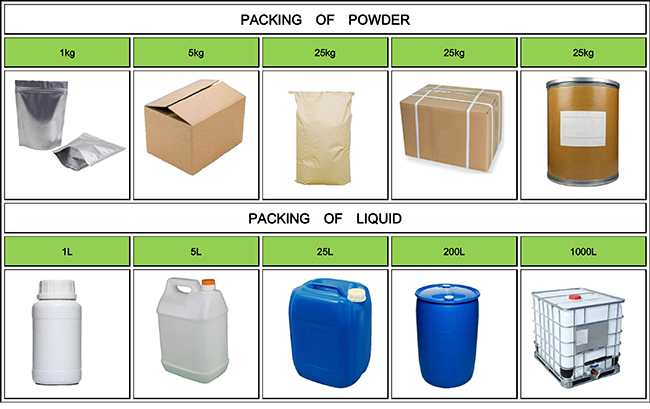
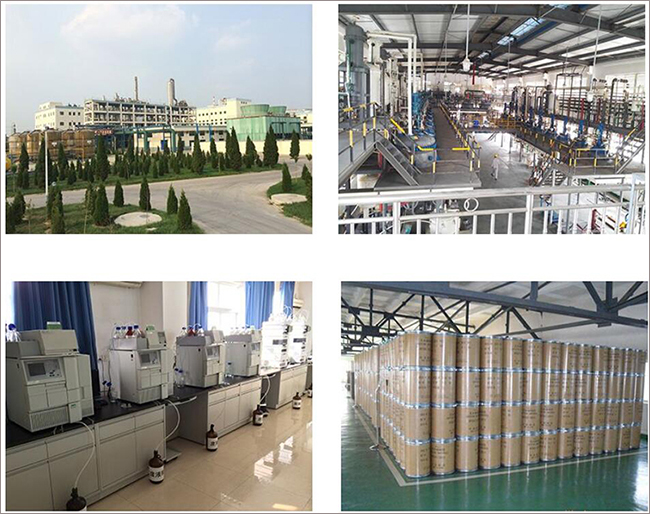

Fortunachem Provides Not Only Professional Chemical Products But Also Professional Help
Keeping you up-to-date with all the latest information, news, and events about Fortunachem!

Quick Links
Add:
E-mail:
 English
English  Español
Español  français
français  العربية
العربية 